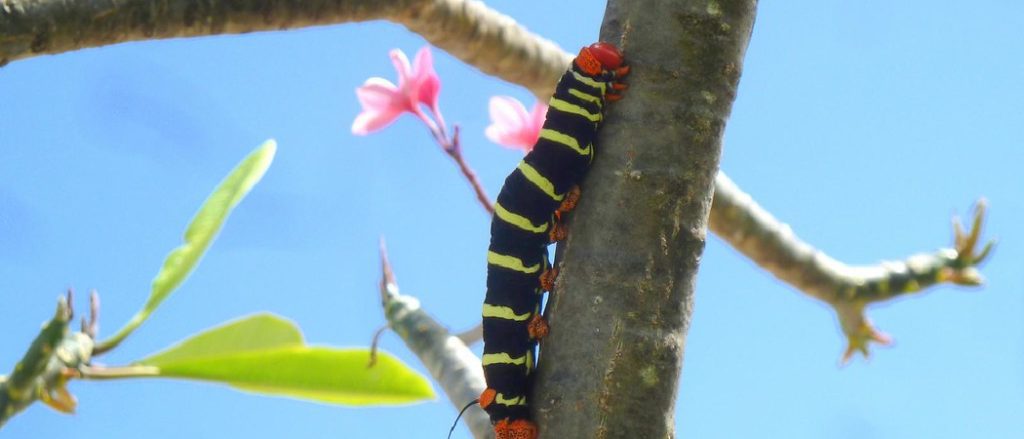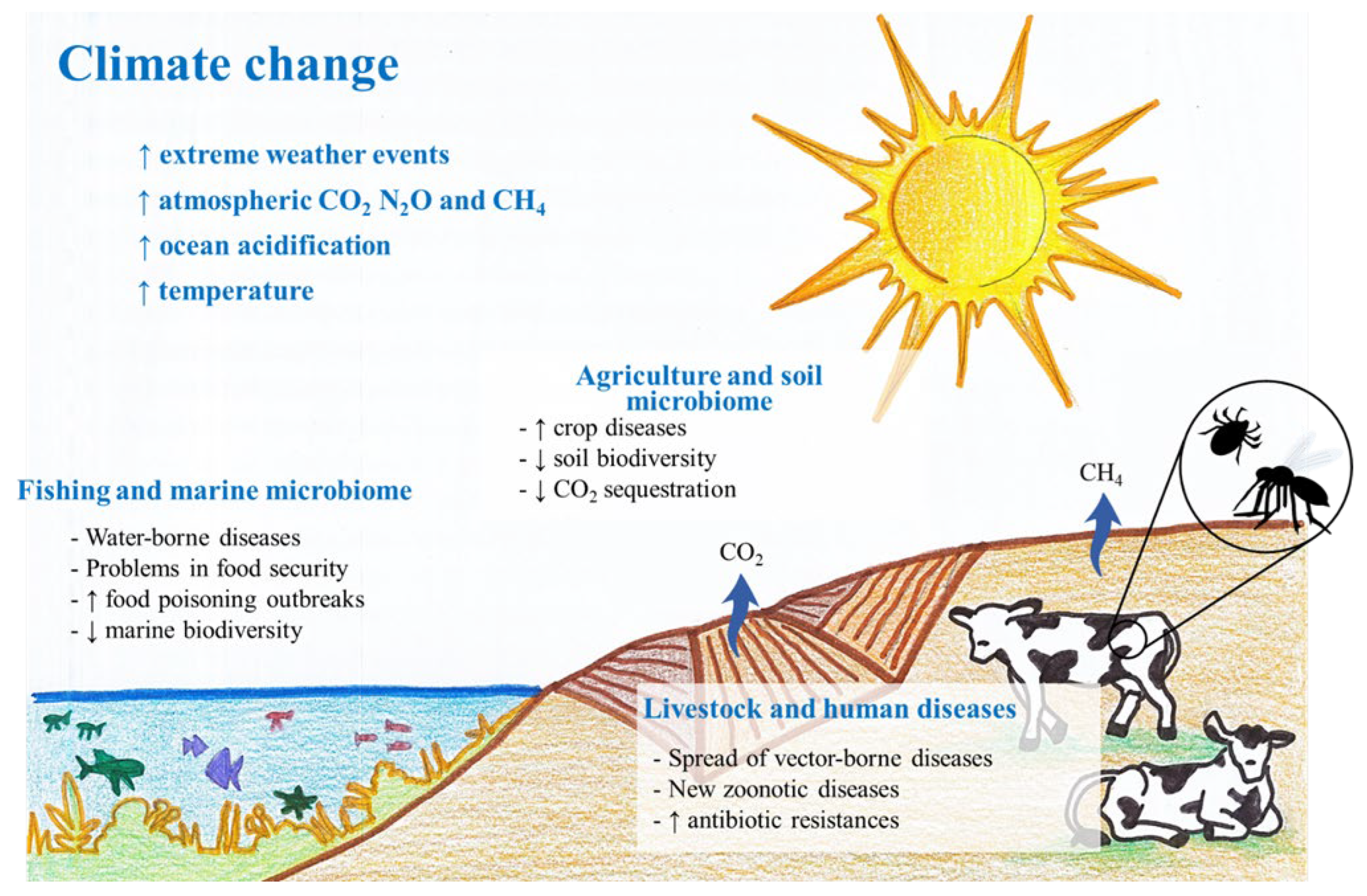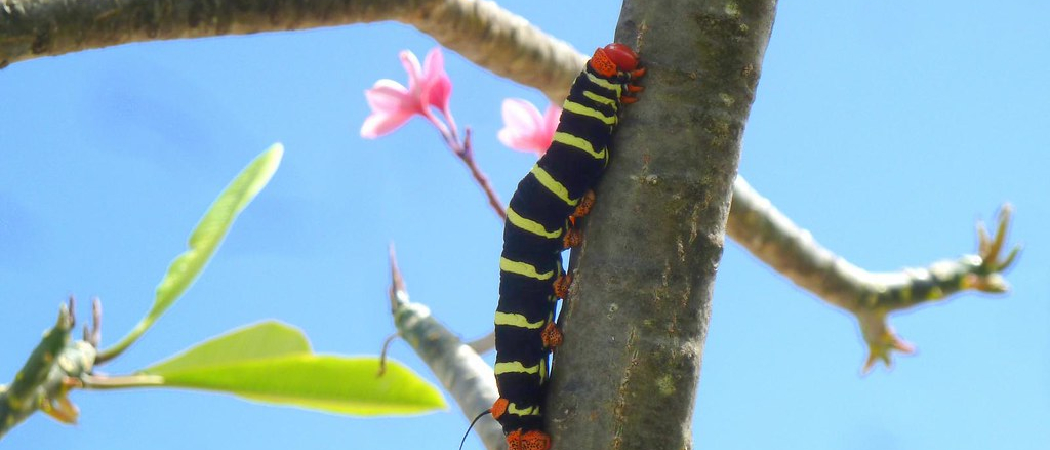Wax worms turn into a type of moth called Galleria mellonella in their adult stage. Wax worms are well-known for their ability to eat and break down beeswax, which they primarily feed on in their larval stage.

After hatching from eggs, the larvae grow rapidly, consuming beeswax and other materials found in beehives. As they continue to grow, they molt several times before reaching their pupal stage. During this stage, the larvae form a cocoon and undergo metamorphosis to transform into adult moths.
The adult wax moths have a wingspan of approximately 25 to 30 millimeters and can range in color from light brown to dark gray. They are nocturnal and can often be found flying around beehives, where they may lay their eggs to begin the cycle anew. Understanding the life cycle of wax worms is crucial for beekeepers and researchers alike, as these caterpillars play an important role in beekeeping and scientific studies.

Credit: unesdoc.unesco.org
Stage 1: Egg
When it comes to the fascinating life cycle of wax worms, it all starts with the egg stage. During this initial phase, the wax worm is in its most vulnerable state, yet holds the potential for growth and transformation.
Appearance And Characteristics
At this stage, the wax worm eggs appear as tiny, oval-shaped objects, measuring about 1 millimeter in diameter. They have a translucent whitish appearance, resembling miniature pearls. These delicate eggs are usually laid in clusters, with the female wax moth meticulously selecting suitable environments for their hatching.
Each egg has a defining characteristic that distinguishes it from the other stages of the wax worm’s life cycle. Whether observed under a microscope or with the naked eye, the eggs showcase their simplicity and fragility, creating a sense of wonder at the beginning of this extraordinary journey.
To give these eggs the best chance of survival, it is crucial to emulate the appropriate conditions they require to hatch successfully.
Incubation Period
The incubation period plays a pivotal role in the development of wax worm eggs. This period refers to the time it takes for the eggs to reach maturity and hatch into larvae. Wax worm eggs require specific conditions to nurture the growth of their young, such as suitable temperature and humidity levels.
On average, the incubation period for wax worm eggs spans a duration of approximately 7 to 14 days. During this time, the eggs undergo complex internal processes that prepare them for their next stage of life.
It is important to note that providing optimal conditions during the incubation period greatly influences the hatching success rate. Adjusting environmental factors like temperature and humidity within the appropriate range allows for healthy development and an increased chance of survival for the emerging larvae.

Credit: www.mdpi.com
Stage 2: Larva (wax Worm)
During stage 2 of its life cycle, the wax worm transforms into a larva commonly known as the wax worm. This is a crucial stage where the insect undergoes significant physical changes and develops characteristics that make it distinct from other insect larvae. Let’s delve deeper into the physical description, behavior, and diet of these fascinating creatures.
Physical Description
The physical appearance of a wax worm larva is quite intriguing. These larvae typically measure between 1 to 1.5 inches in length, with a plump and cylindrical body structure. They possess a soft, whitish flesh that feels slimy to the touch. The skin is somewhat transparent, allowing observers to see the internal organs and movements taking place inside.
One of the most distinct features of wax worm larvae is their segmented bodies. These segments, or annuli, are clearly visible and give the larvae their characteristic appearance. Additionally, they sport tiny, hook-like legs on their thorax, which they use for movement. However, these legs are not well-developed and are often situated towards the front of the larva’s body.
Behavior And Diet
Wax worm larvae exhibit fascinating behaviors and have unique dietary preferences. These larvae are highly adaptable and can be found in various environments, but they are most commonly associated with beehives. One noteworthy behavior is their ability to consume beeswax, which serves as their primary food source.
Wax worm larvae have powerful mandibles that allow them to chew through the beeswax with ease. This unique adaptation enables them to extract the nutrients they require from the wax. Interestingly, they are also known to consume other substances found within the beehive, such as pollen, cocoons, and even dead bees.
When it comes to their feeding habits, wax worm larvae exhibit an interesting behavior known as scavenging. They actively search for their food source within the beehive and feed on any available wax or organic matter. This behavior helps them survive and thrive in the harsh environments of beehives.
Moreover, wax worm larvae are highly resilient and can survive under extreme conditions. They can withstand low temperatures, enabling them to endure winter months when bee activity is limited. This adaptation gives them a higher chance of survival and ensures the continuity of their life cycle.
In conclusion, the larval stage of wax worms is a crucial period in their life cycle. These larvae display unique physical features, including their cylindrical bodies, segmented structure, and hook-like legs. They exhibit interesting behaviors, such as scavenging for food within beehives and consuming beeswax. This adaptability allows them to thrive in challenging conditions and ensures their survival until they transform into the next stage of their life cycle.
Stage 3: Pupa
During stage 3, the wax worms transform into pupa, undergoing a complete metamorphosis from larva to adult. This process is fascinating to observe and signifies the next stage in the life cycle of these unique creatures.
In the fascinating development of wax worms, the third stage of their life cycle is known as the pupa stage. This is a crucial phase in their transformation from a larva into an adult moth. During this time, the wax worm undergoes a remarkable metamorphosis, completely altering its physical appearance and biological processes.
Transformation Process
Once the wax worm larva has reached its full size and consumed a substantial amount of food, it enters the pupa stage. At this point, it undergoes a dramatic transformation within its silky cocoon. The pupa stage is characterized by several physiological changes taking place inside the wax worm’s body.
One of the noteworthy transformations is the reorganization of the wax worm’s internal systems. During this process, the larva’s digestive system, which was optimized for consuming large amounts of food, breaks down and restructures itself into the complex digestive system required for the adult moth.
Additionally, the pupa stage involves the development of the wax worm’s wings and reproductive organs. As the larva’s body transitions into that of an adult moth, specialized cells start to form wings, antennae, and other appendages necessary for flying and reproductive functions.
Metamorphosis Into Adult Moth
After spending a significant amount of time in the pupa stage, the wax worm finally emerges as an adult moth. This process, known as metamorphosis, is an awe-inspiring sight to witness. The once plump and crawling larva transforms into a delicate and graceful creature.
When the time is right, the adult moth uses its robust mouthparts to break free from the cocoon. It takes a brief period for its wings to inflate and dry out fully. Once this process is complete, the now mature wax worm is ready to embark on its journey as an adult moth.
With its wings fully developed, the adult moth can now explore its surroundings and seek out a suitable mate to reproduce. The life cycle of the wax worm comes full circle as it continues the species’ survival through this next stage of its life.

Credit: issuu.com
Frequently Asked Questions For What Do Wax Worms Turn Into
What Do Wax Worms Turn Into?
Wax worms turn into a type of moth known as Galleria mellonella. These caterpillars undergo a metamorphosis process where they transform into pupae and then into adult moths. The adult moths are nocturnal and have a wingspan of around 25-30 mm.
Conclusion
Wax worms are fascinating creatures that undergo a striking metamorphosis. Starting as small, white larvae, they transform into beautiful moths. This transformation is a marvel of nature, showcasing the intricate cycle of life. Understanding the life cycle of wax worms not only sheds light on these intriguing insects but also highlights the delicate balance of ecosystems.
By delving into the mysteries of wax worms, we gain a deeper appreciation for the wonders of the natural world.

